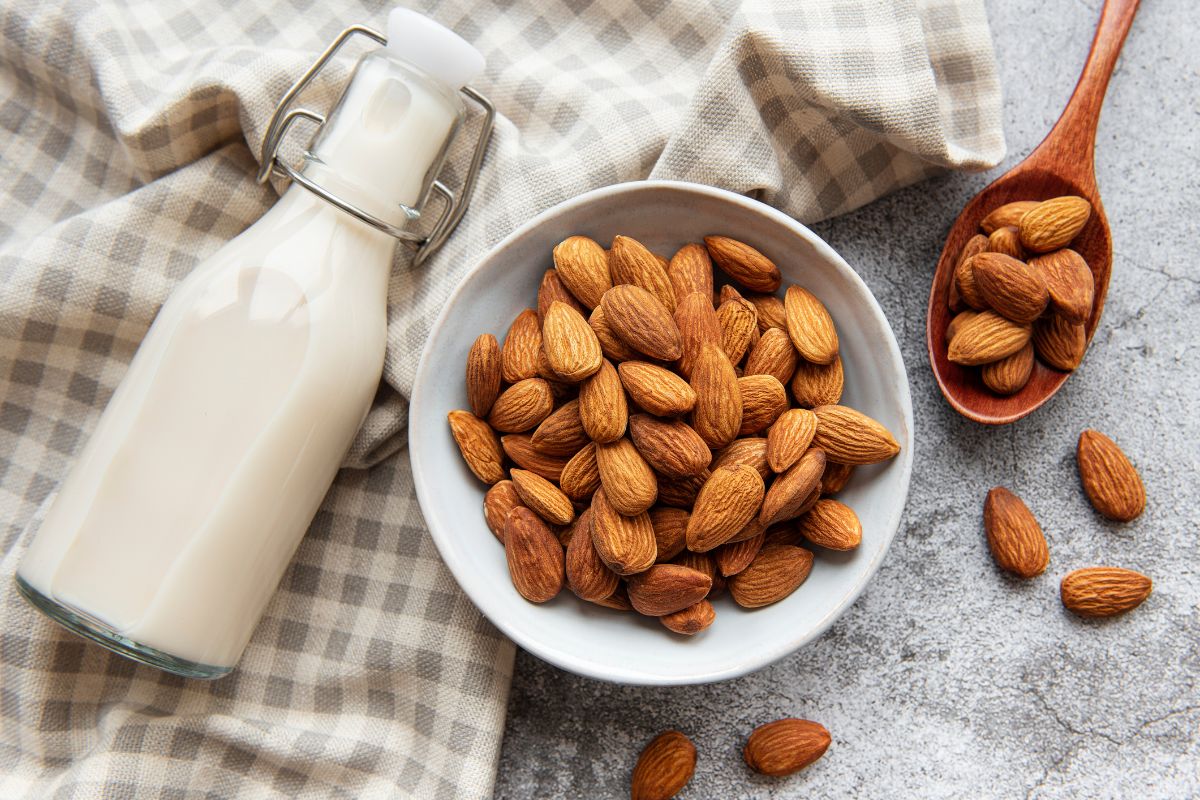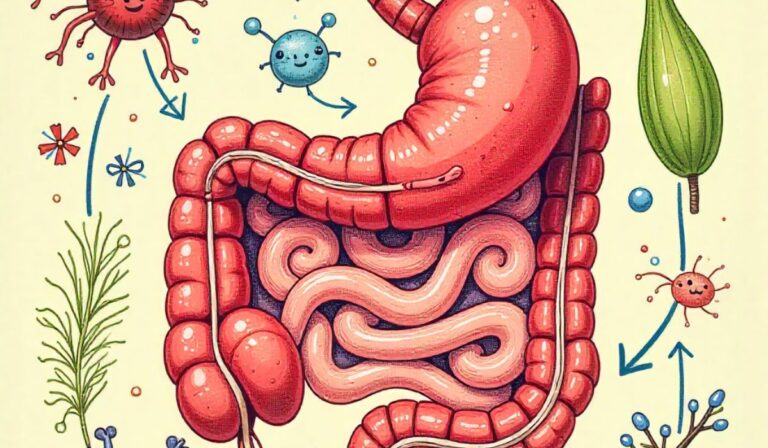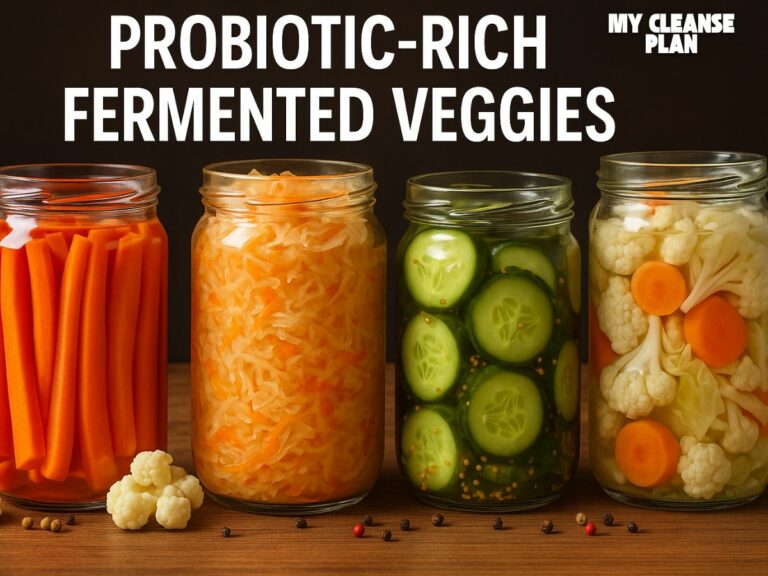Does Almond Milk Have Lectins?
Almonds are many people’s favorite snack and are seen as a healthy alternative to more sugary offerings.
Not only do they contain fiber and protein, but also calcium, magnesium, potassium, and vitamin E, as well as good fats such as omega fatty acids.
Almonds are also low-glycemic and are beloved by those on diets such as the paleo diet.
However, almonds also have lectins. Still, there is more to almonds than meets the eye.
Almond skin is considered high in lectins, and the skin is what gives raw almonds their brown hue.
Therefore, packaged store-bought almonds will most likely have lectins.
But blanched almonds – which as their name suggests, are whiter – don’t have their skins, so contain no lectins and are the healthier choice.
You can buy blanched almonds at the store, with the most common type being Spanish Marcona almonds.
You might still be wondering though if almond milk has lectins, what’s so bad about lectins in the first place, and if you can blanch almonds at home.
Fear not, because we have the answers below!
So Does Almond Milk Have Lectins?
Almond milk is normally made with full almonds, including skins. It’s best to avoid store-bought almond milk because of this.
If you like a certain brand of almond milk, consult the label to see if it contains blanched almonds.
The website of the company should also have information about how the milk is made if you can’t see any details on the label.
If you’re unable to find almond milk that contains blanched almonds you can make your own almond milk at home using blanched almonds.
Does Almond Butter Have Lectins?
A handful of brands make almond butter using blanched almonds, so you’ll have to do some investigating.
As well as avoiding almond butter that doesn’t have blanched almonds in it, you should also steer clear of almond butter that has artificial sweeteners, high-fructose corn syrup, and honey.
You can also make almond butter with blanched almonds at home using cacao butter or coconut oil, as both are full of fats that are good for the heart.
Does Almond Flour Have Lectins?
If you’re on a gluten-free diet or are looking to cut down on grains, then alternative flours are essential.
They’re often packed with protein as well as other nutrients. Almond flour in particular is an excellent choice… as long as it’s made with blanched almonds.
Almond flour is sometimes referred to as an ‘almond meal,’ and is often a lot coarser.
Some brands call the product almond flour to illustrate that the almonds are blanched, and ‘almond meal’ to convey that the product is made with unskinned almonds, but not all brands do this.
While this seems complicated, it’s actually very simple to see if the mix contains almond skins.
If you see small brown flecks in the flour or meal, then the product contains almond skins.
Why Are Lectins And Phytic Acid Bad For You?
Almonds also contain oxalic acid and phytic acid.

Phytic acid is a substance that occurs naturally in plant seeds, but it can make it harder for your body to absorb important minerals such as calcium, iron, magnesium, and zinc.
Oxalic acid is also considered an ‘anti-nutrient’ that can prevent mineral absorption.
Cooking or soaking almonds may be the most effective way to protect your body against these acids.
How To Blanch Almonds
The most effective way to get rid of lectins and phytates is by balancing your almonds. Luckily, it’s pretty easy to do!
Step 1: Boil a pot of water.
Step 2: Put unsalted, raw almonds into the water, and boil them for 1 minute exactly so your almonds don’t become soft and soggy.
Step 3: Put the almonds in a strainer and drain them, and then rinse them with cold water.
Step 4: Dry the almonds carefully by blotting them with paper towels.
Step 5: To loosen the skin, carefully squeeze the almonds out of their skins. You should find that the skins slip off fairly easily.
Step 6: Allow the almonds to dry and get rid of the skins.
Other Foods With Lectins
Eating certain vegetables, fruit, nuts, or dairy from cows can have a negative impact on your gut, due to the lectins they contain.
Plant lectins may clash with your body’s digestive enzymes and lead to digestive issues. But what food should you watch out for?
Dairy products: These contain A1 protein.
Grains: Corn and especially wheat should be avoided.
Legumes: You should avoid chickpeas, lentils, peas, peanuts, and red kidney beans.
Nightshade vegetables: You should avoid eggplant, peppers, potatoes, and tomatoes.
Seeds and nuts: You should avoid cashews, chia seeds, and pumpkin seeds.
Squashes: You should avoid butternut, pumpkin, and zucchini as well as their seeds.
We all know that processed foods are not good for us, and generally, this is true.
However, you can process these foods to seriously reduce their lectins and therefore make them easier on your digestive system.
This is a tried and tested method, as for hundreds of years people have de-seeded, fermented, peeled, and soaked these foods.
De-seeding, peeling, and pressure-cooking foods that have lectins can bring the levels of lectins down dramatically, making blanched almonds safe for you to eat and ingest in butter form, milk form, and flour form.
Explore Also:
Creativehouseblog
Dietsheriff
Gigasecurehome
Final Thoughts
Eating foods that contain a lot of lectins such as beans, grains, legumes, wheat, and unskinned animals can have a seriously negative impact on our digestive systems.
However, for years we’ve been told that plant-based foods like nuts, seeds, veggies, and unskinned almonds are good for us no matter what.
But some of these foods are high in lectins that can cause or exacerbate digestive issues or make us sick.
However, this doesn’t mean that you can’t enjoy almonds and products that contain them all together.
You can easily blanch almonds at home, and there are store-bought almond products that contain blanched almonds and no pesky lectins in sight!
Other Articles to Read
What Is A Ginger Shot Good For




![Which Microbial Diversity Metrics Actually Matter[1]](https://mycleanseplan.com/wp-content/uploads/2025/10/Which_Microbial_Diversity_Metrics_Actually_Matter1-768x448.jpg)
![Fasting Mimicking Diets Impact on the Microbiome Explained[1]](https://mycleanseplan.com/wp-content/uploads/2025/10/Fasting-Mimicking_Diets__Impact_on_the_Microbiome_Explained1-1-768x448.jpg)
![Gut Friendly Meal Plan for Busy Professionals Eat Well, Feel Great[1]](https://mycleanseplan.com/wp-content/uploads/2025/11/Gut-Friendly_Meal_Plan_for_Busy_Professionals__Eat_Well_Feel_Great1-768x448.jpg)